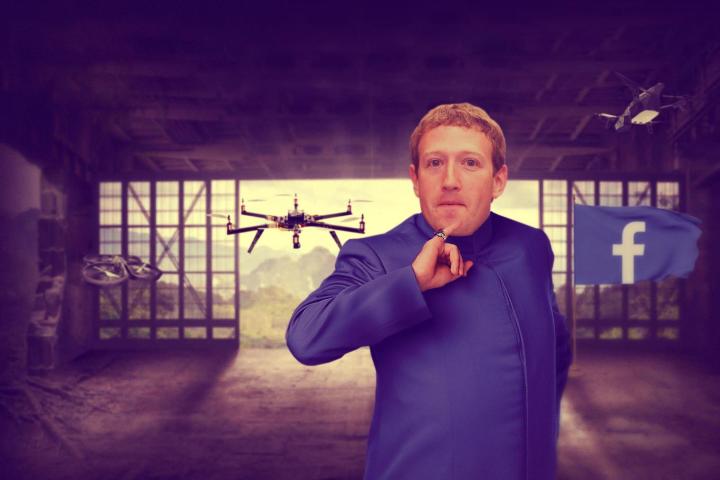
The bold project, which could see drones take to the skies by 2019, is part of the Facebook-backed Internet.org initiative, with mobile-related companies such as Samsung, Qualcomm, Nokia, Ericsson, and MediaTek also involved.
Helping Internet.org toward its mission aim is the Connectivity Lab, a team of experts assembled to help build the necessary technology so it’ll be able to “beam Internet to people from the sky” – as Mark Zuckerberg once put it – from drones capable of staying airborne for months at a time. Satellites could also be used, as well as free-space optical communication (FSO) technology, which uses light to transmit data through space via invisible, infrared laser beams.
Speaking at the recent Social Good Summit in New York City, Connectivity Lab engineering director Yael Maguire said he hoped to start testing the drones some time next year.
High fliers
Maguire explained that the solar-powered flying machines would operate at an altitude of between 60,000 and 90,000 feet, well out of the way of all airspace and weather systems. However, according to the director, there are currently no rules about flying above 60,000 feet, a factor that’s causing the team some concern as regulations imposed at a later date could become an issue for the project.
In addition, an existing one-operator-per-drone rule could severely limit the number of unmanned aerial vehicles that the team launches, which would understandably adversely affect the scope and shape of the project. Maguire hopes it can be arranged for one operator to pilot around 100 drones.
What may surprise some is the size of Facebook’s flying machine, which Maguire says could be as large as a Boeing 747 aircraft. It would, however, be considerably lighter than the popular wide-body airliner.
According to Maguire, one of the current designs is the length of “about six or seven Priuses, but is the weight of four of the tires of a Prius.”
If next year’s tests prove successful and the team manages to overcome a myriad of technical challenges, Maguire envisages the drones could be delivering Internet to locations in 21 countries across Latin America, Africa, and Asia in 2017, or by 2019 at the latest.
[Source: Mashable]


